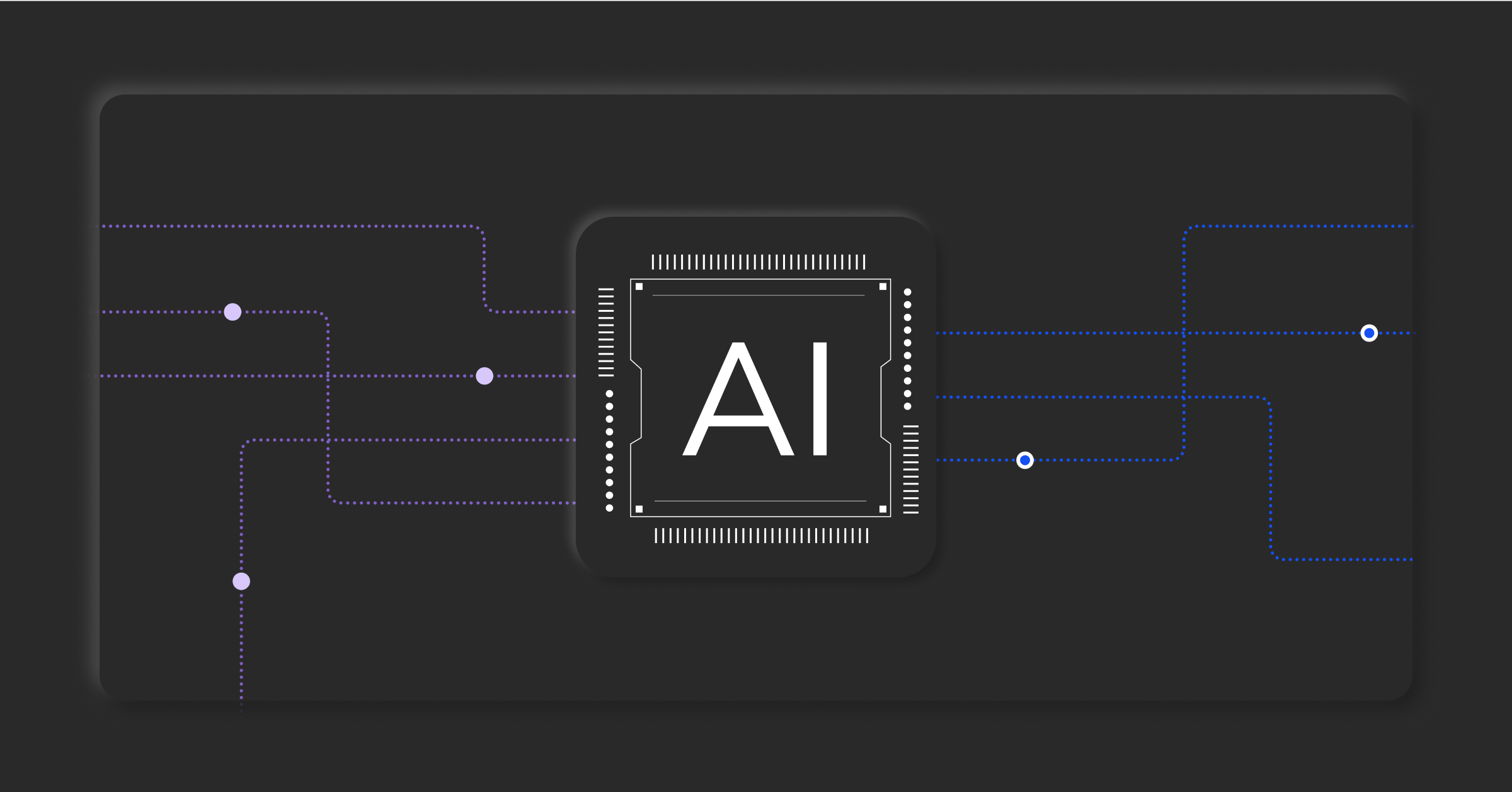Accelerate AIOps Scalability With New Self-Service Incidents API

BigPanda offers a diverse set of APIs to enterprises looking to move faster and scale incident response workflows seamlessly. APIs are core to automating repeated incident response workflows that enable IT Ops to keep up with the pace of change and innovation agile teams need to thrive.
In Q4 of 2021, BigPanda announced the general availability of new self-service APIs including an updated Incidents API. Previously, the Incidents API could only support fetching, resolving, or adding a comment to a single, active incident. Now, the updated Incidents API provides many improvements and enhancements over its predecessor via two main capabilities: Incident Search and Incident Actions.
With Incident Search, users now have the ability to use BigPanda Query Language (BPQL) to filter all incidents within a BigPanada environment, and only return those that meet specific conditions. End-users can now set the sort order, pagination rules, and query incidents by tag, time frame, source system, and more. Incident Actions facilitates a range of incident management actions directly through the API to merge, assign, snooze, tag, split, and comment on incidents. Future milestones will allow additional actions such as share and resolve.
The new Incidents API delivers an enhanced schema that groups all alerts together within an incident. End-users can also retrieve important information about an incident with a single execution of an API call, eliminating the need to re-run multiple calls. Additionally, the object in the API now includes incident tags that facilitate more sophisticated incident automation processes.
Some of the standard use cases utilizing the updated Incidents API include:
- Bi-directional Integration – Build stronger, bi-directional integrations with third-party ITSM and on-call tools. Automatically append business and technical contextual data to any ticket and programmatically update any response to the ticket within BigPanda.
- Custom Dashboards – Compose contextually-rich dashboards outside BigPanda by using Incident Search API data into a data visualization tool of their choice to communicate the operational performance to the rest of the organization.
- Templatized Deployment – Ensure the label (e.g. BigPanda Host) is applied consistently in all incidents. Previously, this would have been done manually and could be error-prone, requiring hours of time to fix it.
Beyond the standard use cases, BigPanda’s existing customers are scaling their incident automation workflows more seamlessly by combining Incident Search and Incident Actions together. For example, a hospitality customer with a global presence of ours retrieves incidents to populate Grafana. This has enabled them to study the behavior and pattern of certain predefined alerts. A leading global investment management firm is using Incidents API to retrieve all the open incidents using the Incidents Search capability and programmatically determine which incidents to resolve, reducing IT noise and driving productivity.
The above improvements are generally available. Existing customers can continue to leverage the previous version of their Incidents API workflows while simultaneously utilizing the newer, feature-rich Incidents API versions as long as they use different end-points.
So that’s all for now. If you would like to start using the new Incidents API, refer to our API documentation here or contact your BigPanda Customer Success Manager.




